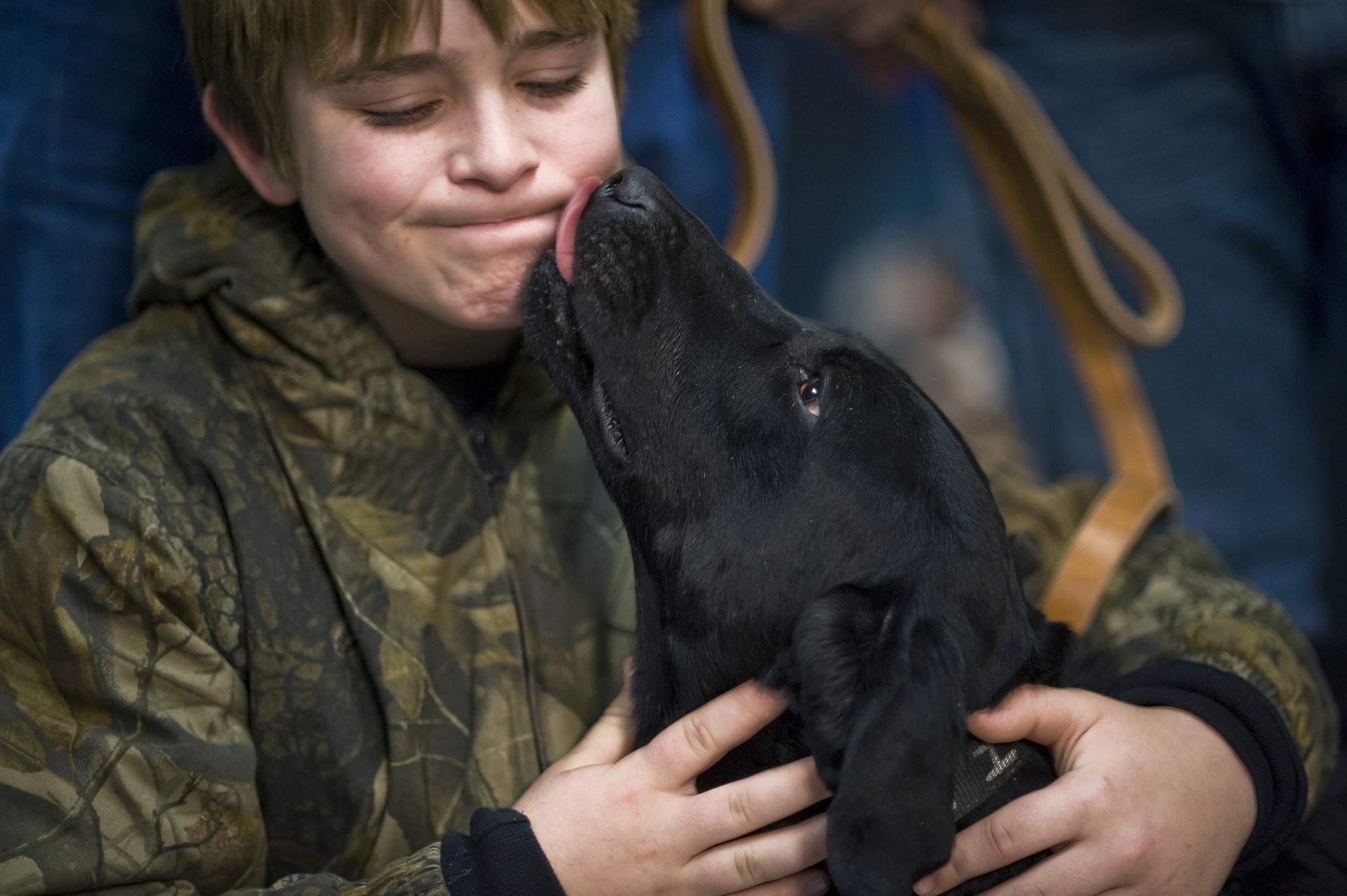Is it a good idea to let a dog ‘clean’ your wound with its saliva?
Most of us would have been licked by a dog at one time or the other. There might be a few that got the ‘saliva treatment’ from a canine friend when they got wounded as well. Are you one of them? Then, you would know what it is all about.
Modern science concludes that licking a wounded part is as instinctive a response as it can get with many mammals. Humans included. Dogs, cats, rodents and primates ensure that we are not alone. When it comes to a dog licking a wound, there are theories abound. Some cultures even strongly believe that it has therapeutic benefits.
The action performed by the dog’s tongue when it licks is good enough to clean up the wounded area from dirt or damaged tissues. The saliva of a dog moisturises the wound site, which, in turn, helps in regeneration of new skin cells to grow. This is a crucial step in quick healing.
Scientists have found out that mouth ulcers, sores and abrasions tend to heal faster exactly because of the same reason. Furthermore, the nitrites in saliva get converted to nitric acid when exposed to the skin, human or otherwise. Nitric acid is a disinfectant and histatins, a simple antimicrobial protein, found in saliva enables he skin to redevelop.
A dog licking the wound apparently relieves the pain on the wound, primarily owing to Opiorphin, an effective pain-relieving compound.
So, there are several benefits of a dog licking human wounds, but hold on. Some risks are also involved in the process. There are anaerobic bacteria, like Pasteurella, in the mouths of mammals. While not harmful in the mouth, Pasteurella can cause serious infections when introduced deep into an open wound.
The next time a dog volunteers to lick your wound dry, do remember the cons as well.

